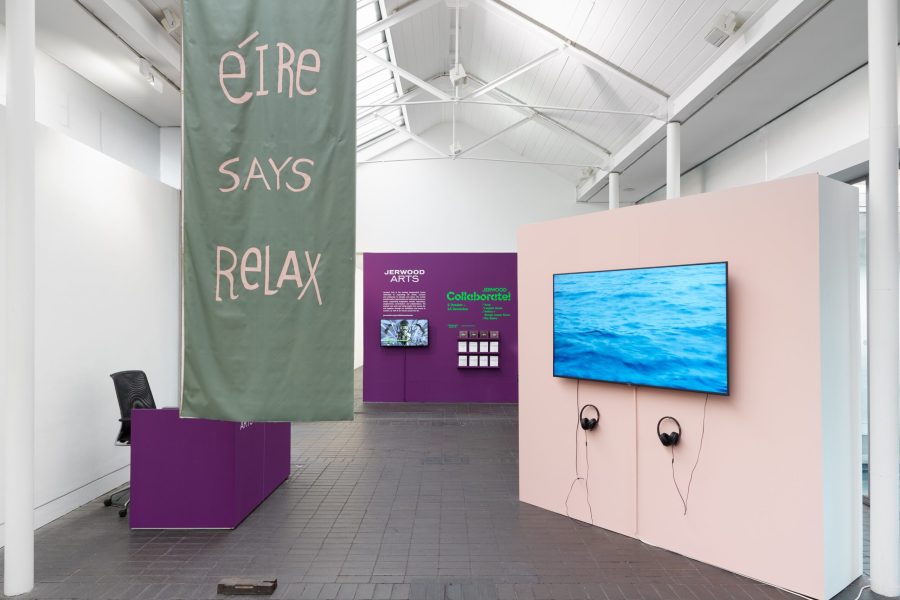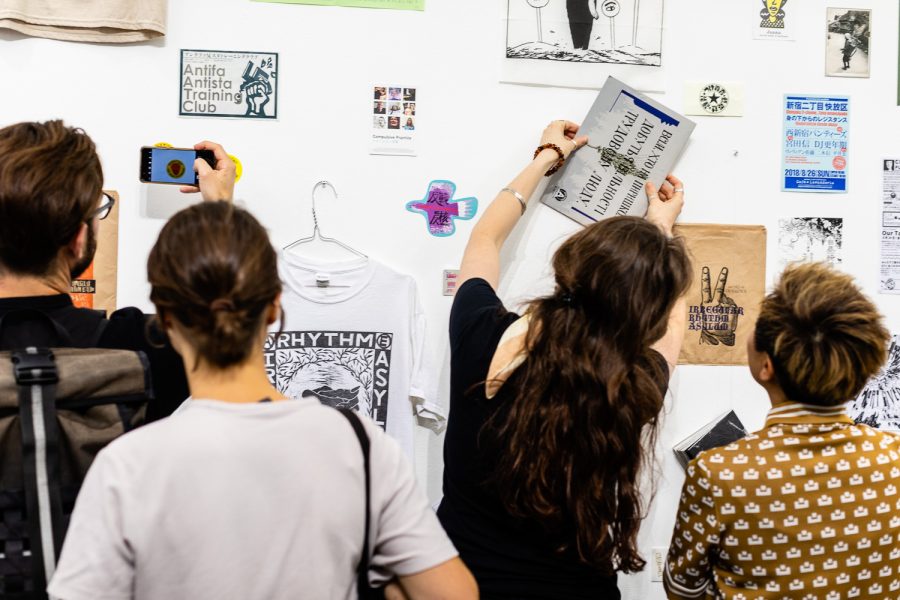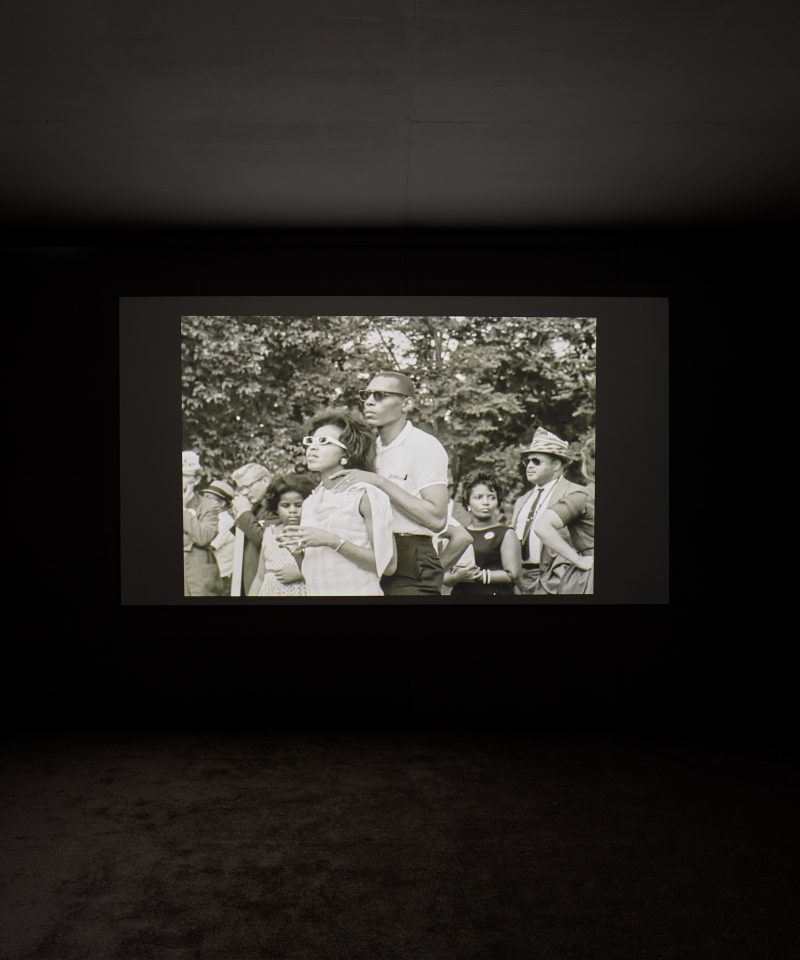‘Bullshit!’, exclaimed a White student in response to George Yancy as he gave a lecture on Whiteness and the Black body, citing the specific example of Black men who may encounter a fearing, suspicious White gaze as they walk into the enclosed space of an elevator. This self-certain repudiation on the part of the student forms the starting point for chapter seven in Yancy’s publication, Black Bodies, White Gazes: The Continuing Significance of Race (2008). In this chapter, ‘Whiteness as Ambush and the Transformative Power of Vigilance’, Yancy goes on to explore the dialogical space created by this affrontive exchange within which he, as the speaker, became ‘one who has absolutely no interest in the truth’, and she, as the listener, ‘positioned herself as the discerner of bullshit and so as one who ought to be believed’.[1] Here, ‘Bullshit!’ is an aggressive act of rendering an experience obsolete, of listening but not listening and thereby rejecting the speaker’s understanding of the world as something legitimate, as something legible.
In Languid Hands’ film, Towards a Black Testimony: Prayer/ Protest/ Peace (2019), it is the illegibility of one’s testimony that often characterises the lived, Black experience. Yancy’s simple yet indicative example nods to the deep-seated structures of racism from which Languid Hands consider the ‘im/possibility’ of black testimony within the suffocating and unrelenting bind of white supremacist capitalist patriarchy, with its systematic monitoring, marginalisation and erasure of a nuanced Black subjectivity. If it is the case that Black testimony is not possible within the dominant system of oppression, which the film’s narrator describes at its start, then what forms and textures might such declarations constitute? How are they expressed and from where do they draw their potent energy? Structured as a permeable triptych of sound and image, Towards a Black Testimony brings archival video, voice and music into a delicate and powerful choreography that rises and falls over the course of 40 minutes. At the work’s heart lies a definitive embrace of anger as a source of illumination, information and energy – a ‘fire in places where there was no light’ – in order to resist and liberate oneself from the constraints of what is deemed a legible mode of individual or collective expression.
Anger expressed and translated into action in the service of our vision and our future is a liberating and strengthening act of clarification.
…
Anger is an appropriate reaction to racist attitudes.
…
When we turn from anger, we turn from insight, saying we will accept only the designs already known, deadly and safely familiar.
…
I have suckled on the wolf’s lip of anger, and I have used it for illumination, laughter, protection…
These textual fragments, originally written by Audre Lorde, are invoked within the second of the film’s three chapters by an impassioned narration – that of Imani Robinson, one member of Languid Hands – who performs these words over excerpts of archival footage in which Black people are seen marrying, celebrating, dancing and singing. As Robinson’s voice simultaneously speaks of and is charged with the cathartic anger of resistance, so the ephemeral movement of those in the frame are aligned with its potency. As viewers, we experience a layering of time and place: the invocation of Lorde’s words from the not too distant past are re-enacted through a prism of present-day fury and activated further via the visual annotations on the screen. Each of these visual fragments, which have been edited and manipulated by Rabz Lansiquot, the second member of Languid Hands, create subtle, almost subconscious rifts within the expected seamlessness of filmic movement. Tiny cuts and repetitions draw our attention closer to the fragility of these images as containers of memory, of everyday lived experience. Arthur Jafa describes the use of archival imagery in his films as like ‘the banks of a river’; arranged together they hold, direct and mobilise a certain energy that emerges from the process of aligning the visual with the sonic. In Towards a Black Testimony, it is the insistence on anger through a trance-like state of voiced rage that floods the room with its series of declarations. By harnessing anger as a productive rather than limiting force, Languid Hands fragment the smothering cover of Black testimony as something illegible and illegitimate, transforming it into a potential mode of ecstatic resistance.
In multiple moments throughout its duration, the film appears to draw upon both anger and ecstasy as closely related structures of feeling: the dying declaration of the Black martyr who testifies to their own death, the rioters in the street who watch Brixton burn, dancing crowds at St Maarten Carnival (2017) and Notting Hill Carnival (2019), and the racing thoughts of an inanimate body lying in a grave. The inherent energy in each of these disparate examples pulsates throughout the film’s movement, aligning together an anger and an ecstasy within the assertion of a psychic, spiritual, Black mass. This sense of the mass, of the collective, is harnessed by Languid Hands and communicated through their visual and sonic collage, as it shapeshifts through various time frames, places, voices, tones and registers. As a form of testimony in itself, the film is mutable, subject to change; it cannot be defined, singularised or universalised. This mode of expression is perhaps related to José Esteban Muñoz’s description of queerness as ‘a possibility, a sense of self-knowing, a mode of sociality and relationality’ in which ‘evidence’s limit becomes clearly visible when we attempt to describe and imagine contemporary identities that do not fit into a single preestablished archive of evidence’.[2] In Towards a Black Testimony, Languid Hands ride up against the edges of what is perceived as an evidential limit, for if it is the case that Black people are kept outside of the realm of truth, as legitimate subjects equivalent to that of White people, then what might constitute a new form of ‘dramatic evidence’ that goes beyond these imposed limits?
This is not a question that the film overtly resolves, but rather the dual valence of ‘im/possibility’ lingers in between each image and word. Languid Hands reorient the locus of our perception away from what these images and texts might mean, that is their relationship to some kind of ‘truth’, to their inherent power, to what they can actually do as signifiers of Black experience, how they exist in the world and how they can be utilised and channelled as a rich and vital archive of Black life. The presence of anger and ecstasy within the film’s performative narration is key to this unfolding, engendering a multi-layered testimony that eludes the officiating forces of a prescribed ‘meaning’, of a singular Black subject-position, into a shapeshifting, ephemeral voice that holds within its words those of many others. This sense of moving outside of one’s body in a state of ecstasy, of leaving behind one’s tangible reality, imagines a new form of declaration that is embedded within the forward momentum of the work’s title, of going beyond the prescribed and monitored body towards an unhindered assertion of selfhood.
[1] George Yancy. Lanham, Maryland: Rowan & Littlefield Publishers, inc., (2008): p. 228.
[2] Muñoz, José Esteban, ‘Ephemera as Evidence: Introductory Notes to Queer Acts’ in Women & Performance: a journal of femininst theory 8:2 (1996): 6.



